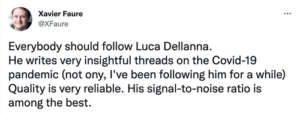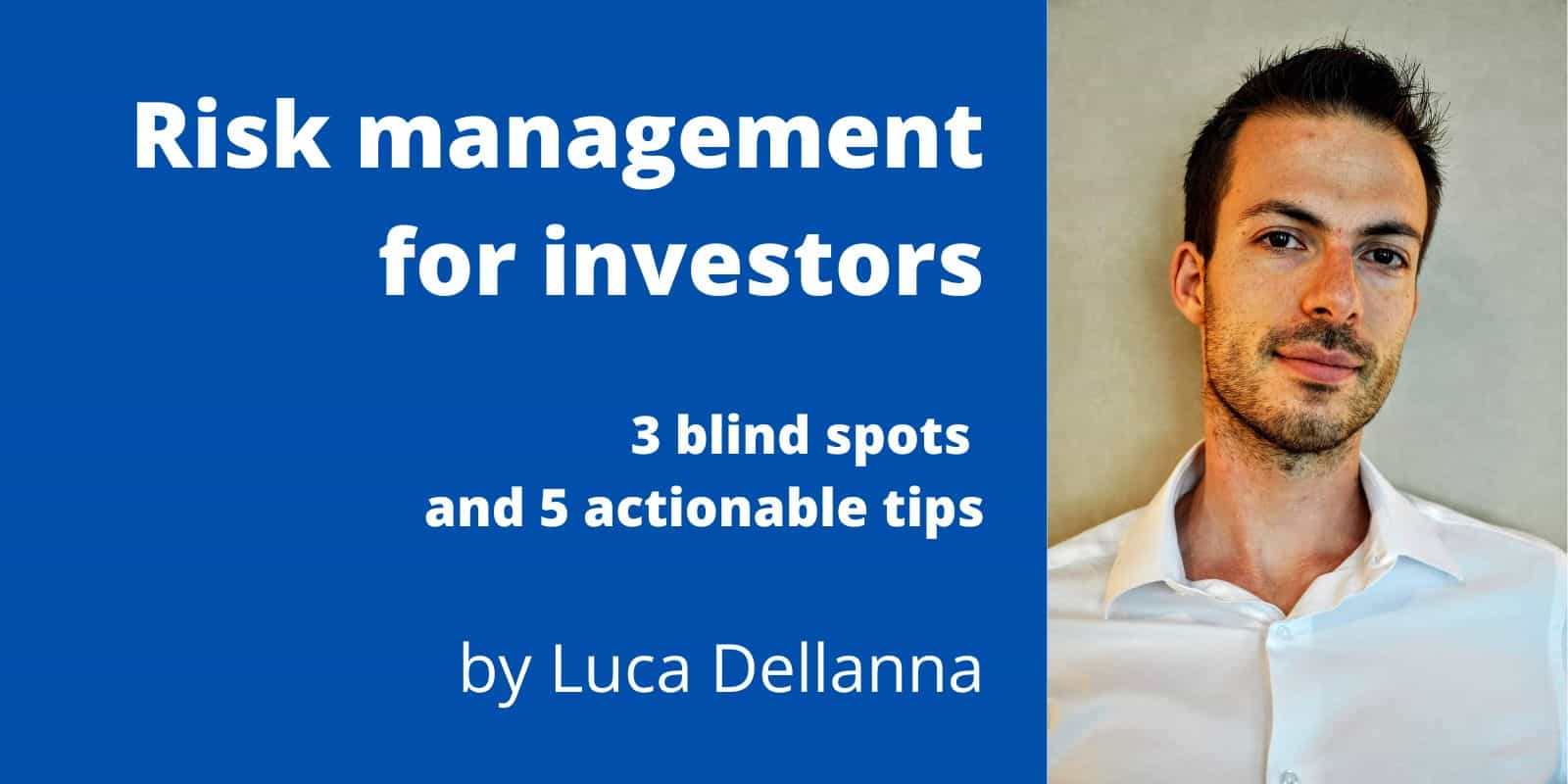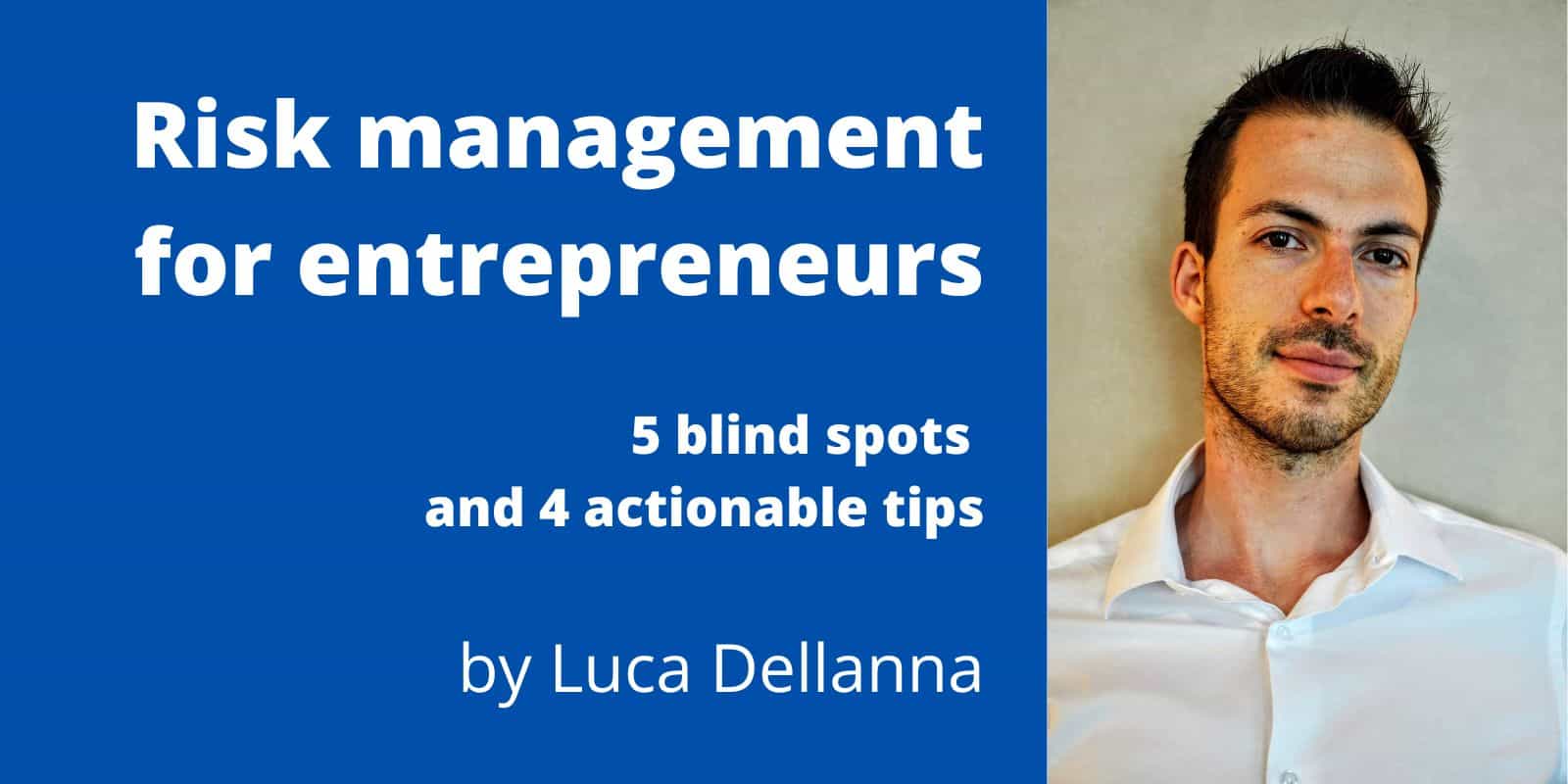The three blind spots of savvy investors when it comes to risk management and five actionable tips to address them.
A common question I receive is, “how do we know whether a process is ergodic?”
First of all, if you are unfamiliar with the term, I suggest you read my introduction on ergodicity or watch my video below, “An introduction to ergodicity.”
Now, back to the question of, “how do we know whether a process is ergodic?”
The answer is simple. In the real world, no activity is truly ergodic. Given long enough time horizons, an endogenous or exogenous event will become a source of irreversibility. Only in thought experiments or other theoretical matters do ergodic activities exist.
The two questions that matter, for all practical purposes, are:
- How non-ergodic is a given activity?
- How can we make it more ergodic?
Both questions view ergodicity as a non-binary property. Activities aren’t either fully ergodic or fully non-ergodic: such a classification is useless, if the first category is empty. Instead, activities have varying degrees of ergodicity.
I explained this concept in my talk “Ergodicity as a non-binary property,” which I presented at the Ergodicity Economics conference of 2023.
One method to quantify how ergodic a process is is to compute the ratio between the outcome of one person performing the activity many times and the outcome of many people performing the activity once (and perhaps computing its logarithm).
However, this method assumes that most relevant variables are known – something that only applies to some real-world processes. The more a surprise in the relevant variables is possible, the better it is to use more qualitative approaches.
For example, in many investing and business decisions, it’s a better idea just to ask ourselves, “how likely are to differ the outcome of a person performing the activity many times and the outcome of many people performing the activity once, and how much can they differ by?”
This question might seem less precise, but I assure you that, in practice and in my experience, it works better than more quantitative methods.
As long as we have relevant experience in the activity being examined, of course. And what if we don’t have it? We should probably either not take risks or ask an expert.
You might also be interested in my book on ergodicity (eBook / paperback / hardcover)





